[vimeo url=”https://vimeo.com/80041224″ width=”640″ height=”360″] I heard over and over that this was the one movie to see. And despite all of the build up, it didn’t disappoint.
Private ViolenceEach year, the creators of True/False pick one documentary from the festival to receive money from the True/Life fund – a fund in which T/F donates to the subjects of a film.
follows the lives of two victims of domestic abuse and their attempts at finding justice and helping others. I knew that a movie about domestic abuse was going to be heavy. But that didn’t stop the tears from spilling over more than just a few times throughout the film.
Private ViolencePrivate Violenceprimarily addresses the misconceptions behind domestic abuse and the victims of it. The film shoots down the most commonly asked question: “Why didn’t you just leave?” Subject Kit Gruelle runs not only a shelter for battered women but also trains local law enforcement on proper ways to handle domestic abuse situations. In addition, she tries to get involved in local domestic violence cases, which is how she met Deanna Walters, a victim of domestic abuse trying to build a case against her former abuser.
shows the struggles that victims face when trying to get justice for the crimes committed against them.
In one instance, Walters’ abuser beat her so bad that the hospital she ended up at thought she had been in a car crash. The film exposed the graphic photos of Walters after the incident, showing her bruised and battered body – hardly any of which wasn’t black and blue, blood vessels in her eyes that had burst from strangulation, knees that were so swollen she couldn’t bend them. Despite all of the evidence against him, her abuser would have received a state misdemeanor charge and could have only served up to 180 days in jail.
Private ViolenceBecause of certain circumstances in Walters’ case, she was able to charge her abuser for a felony. Though it may have been a happy ending for Walters,
shed light on just how difficult it is for women to navigate the judicial system and find justice – which many don’t. Walters happened to have an advocate as well as Gruelle on her side, but not all are so lucky. This film made me really reconsider the methods of our system and why it is so difficult to effectively prosecute and punish the abusers. It seemed like no one really wanted to get their hands dirty with the issue. It’s always easier to look the other way in these circumstances.
Private ViolenceAfter seeing
Private Violence, it is so much more clear to me just how emotionally manipulated and dependent these women are on their abusers. So many factors like children, long-term relationships, fear, intimidation, etc. play into the reasons that victims can’t just get up and walk out of their situations. This movie completely brushed aside any misconceptions that I may have had about the issue of domestic violence prior to seeing it. Abuse doesn’t just affect low-income, uneducated families. Over 75 percent of homicides occur when the woman is trying to leave or has left her abuser, according to the
website. The women don’t provoke the men into beating them. Men aren’t abused as much as women; in fact, 90 percent of domestic abuse offenders are men, according to the website.
Private ViolencePrivate Violencereally educated me on how to view and handle situations regarding domestic violence. It is a great educational piece that teachers and educator should use in schools to bring about awareness. The issue of domestic violence is never black and white. It is messy and complicated. And that’s what
showed me.
By Trisha Chaudhary











































































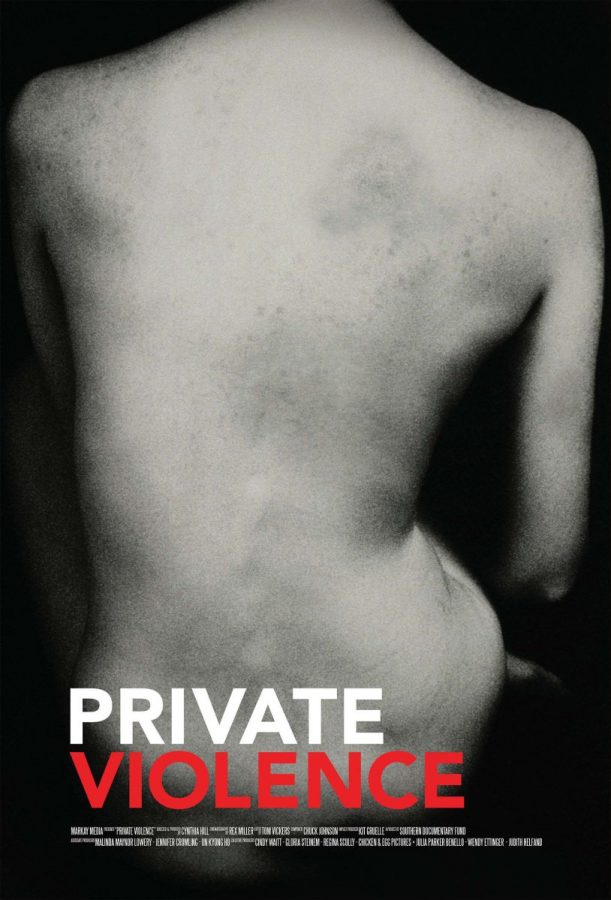

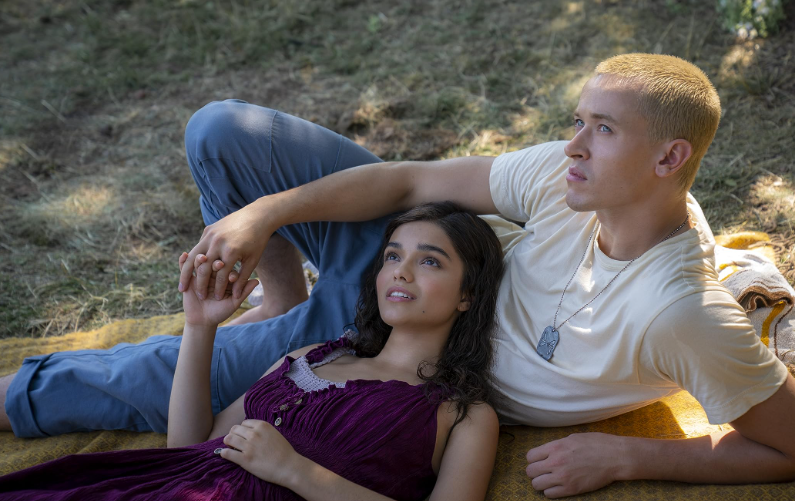
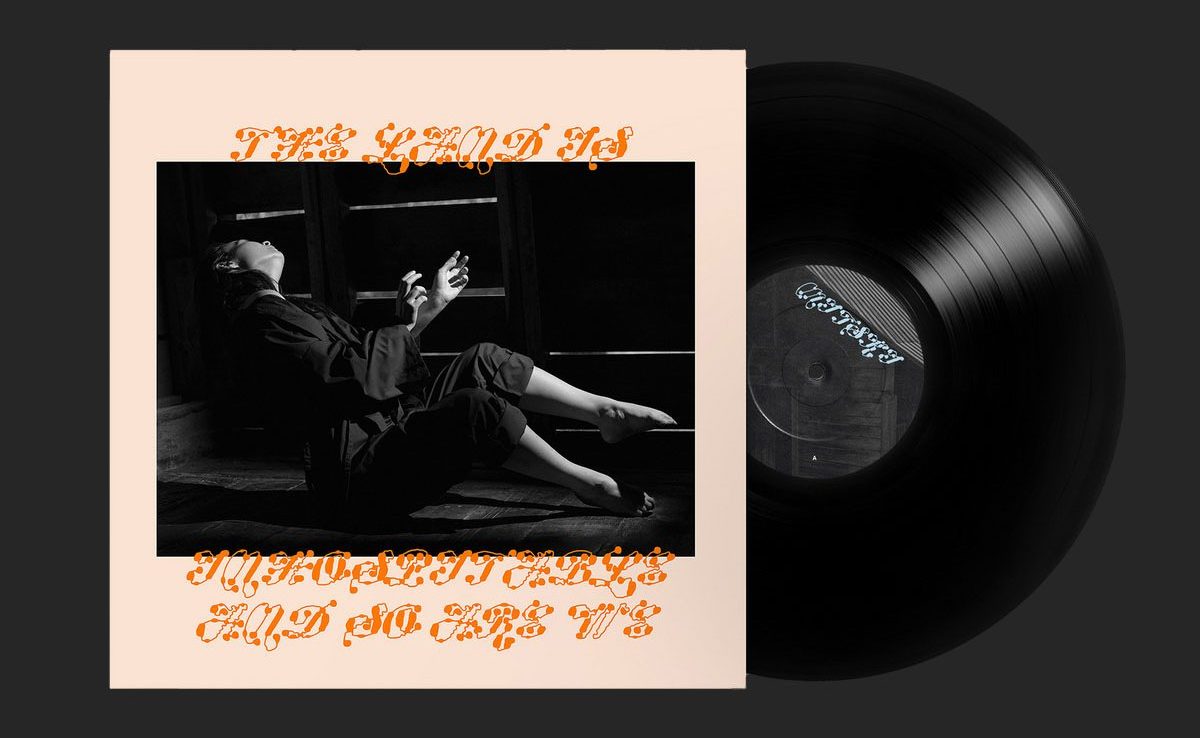

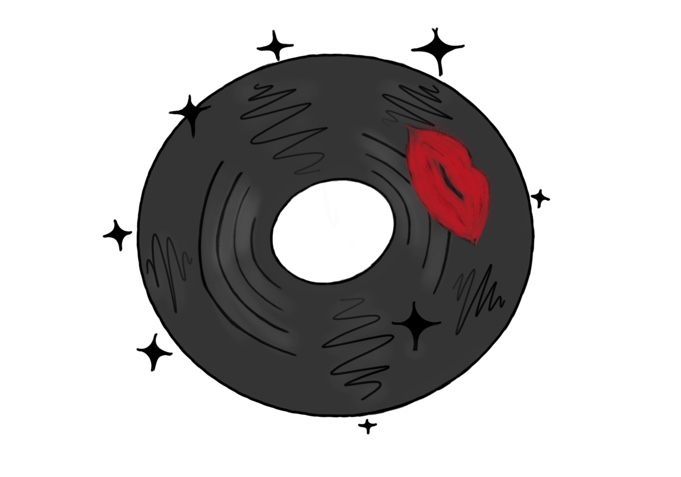


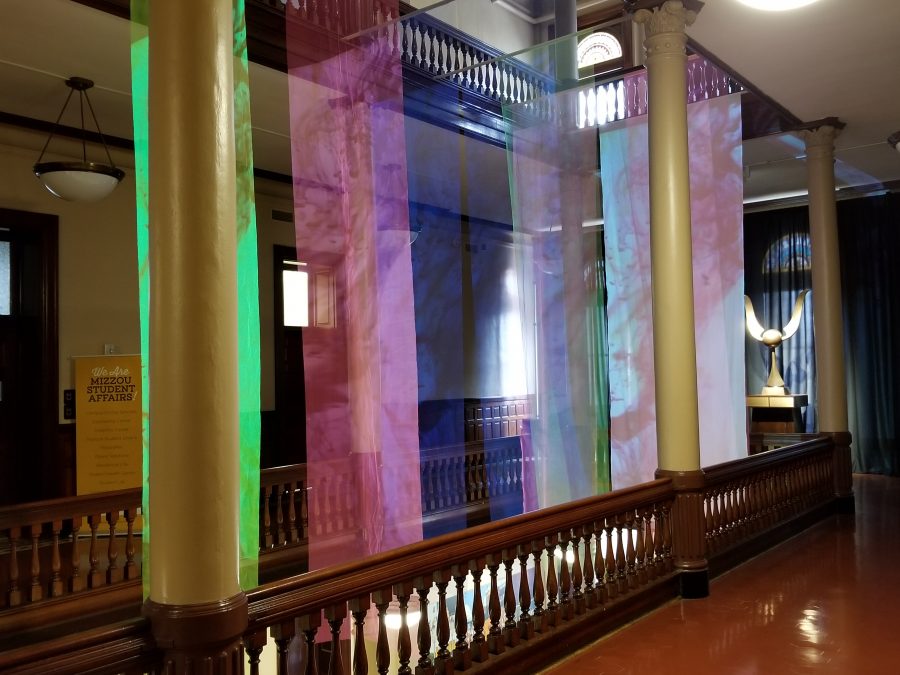
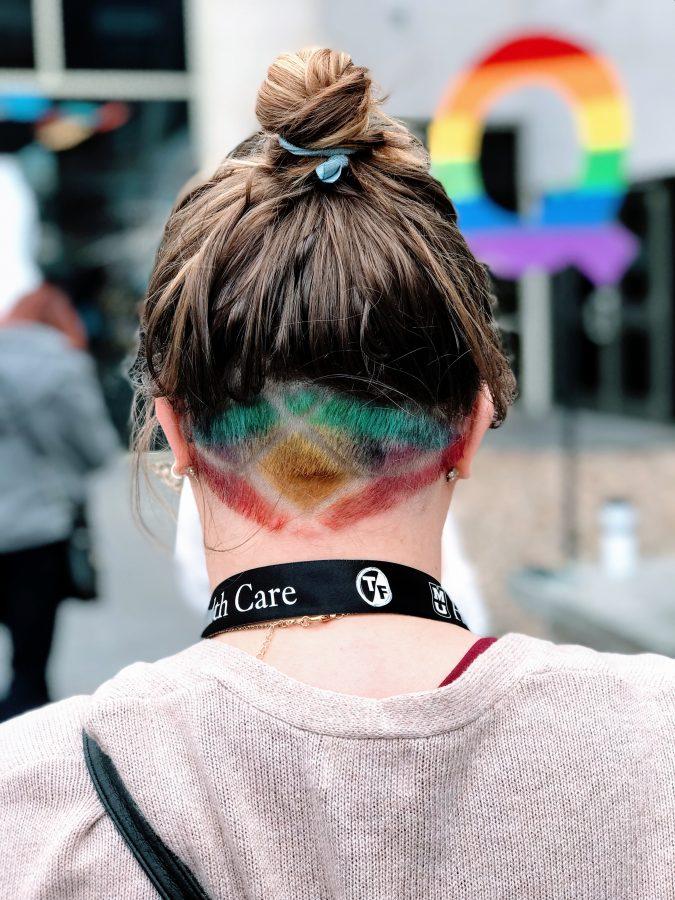
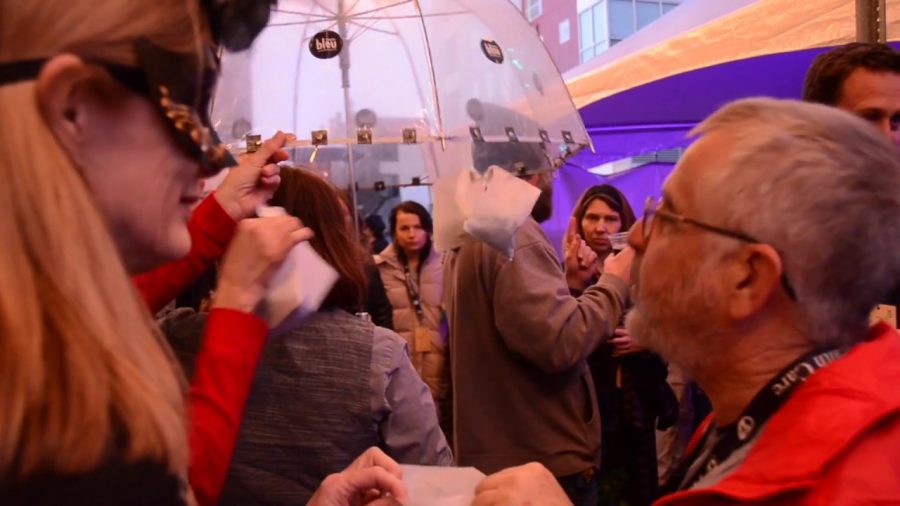


Caylea Erickson • Apr 9, 2014 at 1:09 pm
I saw this movie and I really enjoyed it, it brings awareness and I personally think it can help a lot of people, and that everyone should see it.